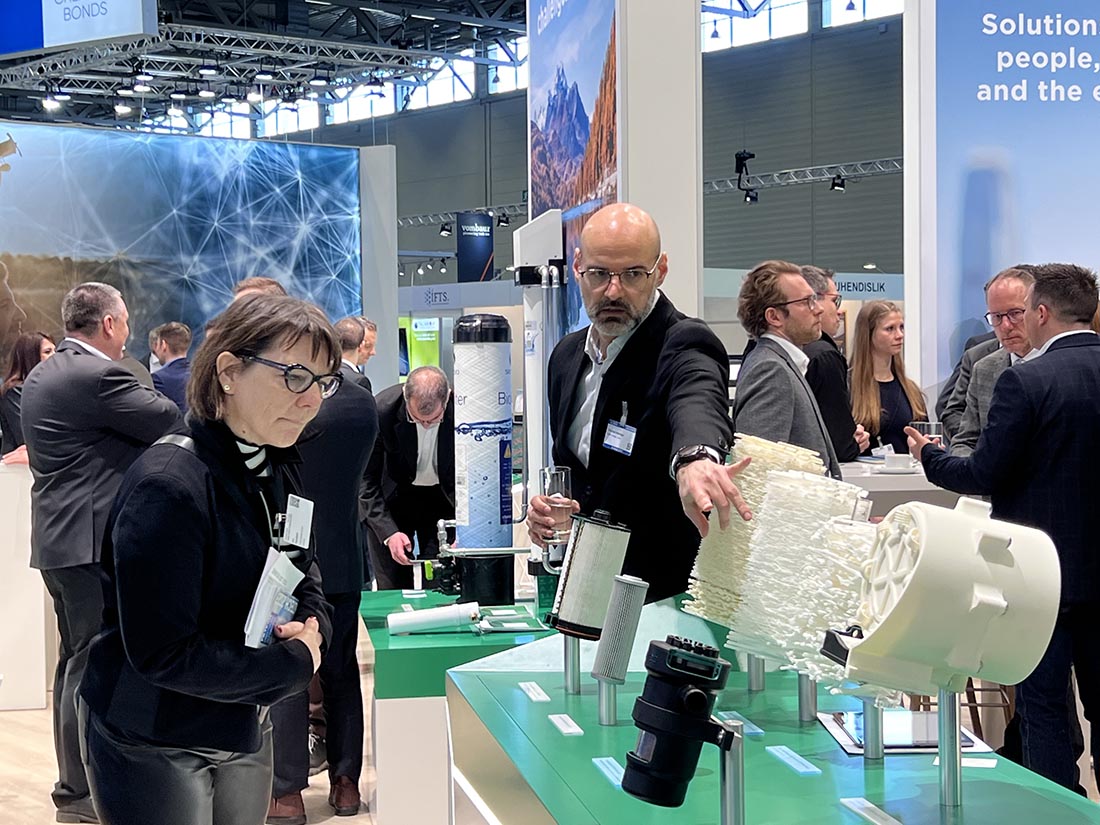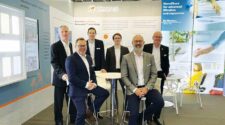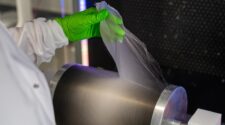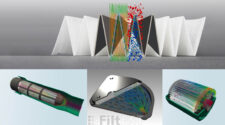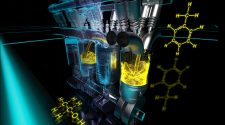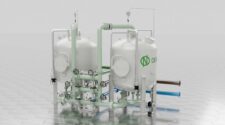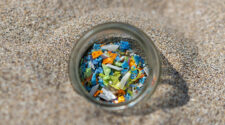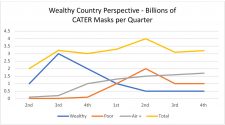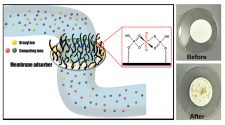FILTECH 2023 Provides a Strong Signal For Growth of the Filtration and Separation Sector
FILTECH 2023 did not disappoint with an abundant array of research and development, new and tried-and-true products, as well as networking opportunities. Approximately 16,750 participants visited FILTECH 2023 – a strong signal for further growth of the worldwide filtration and separation sector. The number of participants not only reached pre-pandemic levels but exceeded it.
Attendees came from 80 nations and all continents. This intercultural experience provided a unique platform for attendees’ peer networking and learning opportunities from a global perspective. Exhibitors enjoyed a chance to generate new business. Many exhibitors used the show not only for personal exchange with customers and interested parties, but also for the launch of new products and services.
“The success of each event is measured by the experience of the participants and exhibitors,” says Suzanne Abetz, Managing Director. “For FILTECH 2023, the feedback is very positive: Over 90 percent of exhibitors rate the professional qualifications of visitors to their stand as high. This experience has a very positive impact on the market. By visiting FILTECH, participants ensure that they receive the right solutions to strengthen their business. For exhibitors, this means they receive successful leads and find access to customers who are a perfect match for their offering.”
Abetz says participants are closely connected to the industry, and understand current and future challenges. “Together with our scientific advisory board, we are closely monitoring developments in the market to set the right priorities and focus on current topics. Also helpful for participants is the high proportion of various research institutions among the exhibitors. The areas of products and services as well as research and development intertwine.”
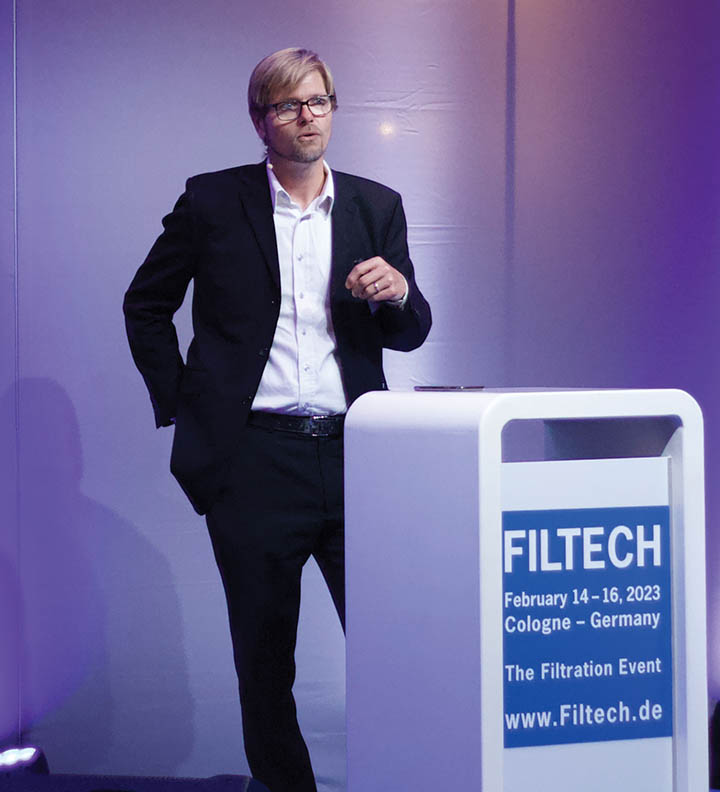
Research – Star of Presentations
With 160 presentations, FILTECH 2023 is an important platform for scientific exchange on filtration and separation. Speakers covered topics across all disciplines, from solids separation to solid-
liquid separation to the separation of gases. Practical research included topics from the use of electrostatically charged nanofiber filters for filtering submicron and nano aerosols, to studies on particle interactions in solid-liquid separation processes using the CFD-DEM coupling method.
The conference keynote speech by Professor Hermann Nirschl from the Karlsruhe Institute of Technology (KIT) was certainly a highlight, illustrating the importance of digitalization for filtration and how far the industry has developed. He highlighted the basics of autonomous processes and their implementation in separation devices like centrifuges, noting that among other things, in situ characterization devices will become more and more important for the realization of a “model predictive control” strategy. This not only allows an automatic optimization of the target variables, but also helps to ensure a high resource efficiency according to raw materials and energy consumption.
AGXX
In a series of interesting papers on water purification, Dr. Marie-Lena Harwardt of Heraeus Precious Metals introduced AGXX, a new antimicrobial technology which is based on reactive oxygen species produced from water and oxygen by a catalytical reaction supported by two precious metals. Additionally, a microelectric field between the two precious metals increases the antimicrobial effect.
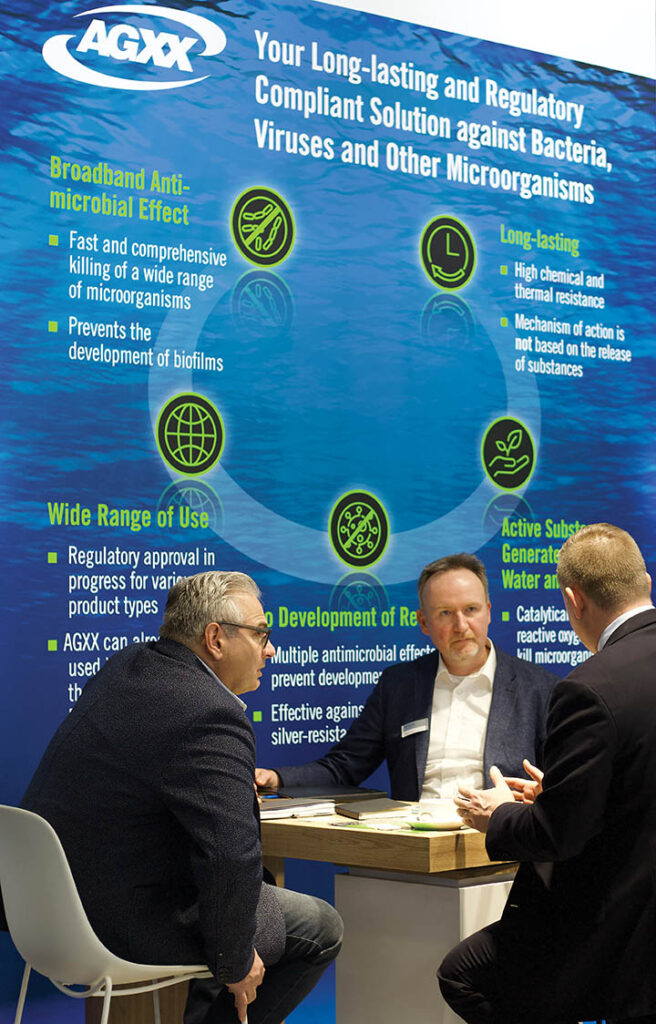
Heraeus Precious Metals, headquartered in Hanau, which has annual sales of approaching €30 billion and is one of the top ten family-owned companies in Germany, has high expectations for AGXX, particularly as a replacement for silver-based antimicrobial technologies. Many current antimicrobials based on silver are not in step with the latest European Union legislation on biocides and face the prospect of being banned from the market.
AGXX is not based on the release of any metals or harmful compounds and to date, has shown antimicrobial efficacy against over 130 microorganisms including bacteria, viruses, algae, and fungi, among others silver-resistant E. coli strains, methicillin-resistant S.aureus (MRSA) CoV2 viruses.
The technology initially used inorganic carrier powders, such as activated coal, aluminum oxide or other carrier materials well suited for incorporation into textile filters based on polyamide and PU foam as well as in coatings and individual fibers.
It has also been successfully applied to various types of activated carbon granules and pellets for easy incorporation into activated carbon-based water filters.
AGXX shows excellent antimicrobial efficacy in laboratory tests and samples, and is being tested for wastewater treatment and purification systems for swimming pools.
PAC Pre-Filter
Helmut Geers, of Hofmann Maschinen und Anlagenbau, based in Worms, Germany, provided details of a project with the Technical University of Braunschweig aimed at the more effective removal of trace substances found in municipal wastewater – pharmaceuticals, detergents, biocides, anti-corrosion agents etc., as well as microplastics.
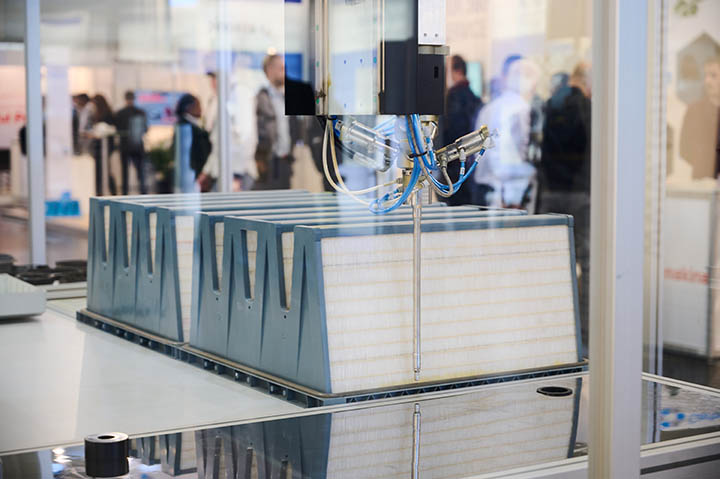
The use of pre-coat filter technology combining powder activated carbon (PAC) with cellulose achieves particle retention down to the sub-micron range with very good elimination of trace substances.
Modifications of the pre-coat filter technology are currently being tested. “Based on a first economic evaluation, the specific treatment costs are moderate and competitive compared to established technologies for trace pollutants removal and our system would require a lot less space at a wastewater plant,” Geers said.
Ahlstrom Disruptor
Erik Nelson of Ahlstrom described ongoing improvements to the company’s Disruptor wetlaid electro-positive nonwoven technology which was first introduced over a decade ago.
Due to its open media structure, Disruptor can be used in a very wide range of end uses covering both pressurized water purification systems as well as gravity flow applications. In addition to outstanding pathogen performance, products are also available with special functionalities such as chlorine removal, heat-sealing and antimicrobial treatment for preventing bacteria build-up. The removal of selected trace metals in a given pH ranges is also possible.
Disruptor can compete as a stand-alone alternative to polymeric membranes or be used in combination with other water purification technologies and is also easy to convert and be made into virtually any size filter cartridge.
The media now can efficiently remove a wider range of harmful contaminants from water, making it safe to consume, and modified grades offer very high flux rates at lower pressure drops compared to similar biological removal materials.
Compared to ultrafiltration hollow fibers, Disruptor does not block easily, and the filter remains odorless even if not used for several days.
FILTECH 2024 is expected to continue the momentum, slated for November 12-14, once again in Cologne, Germany.


